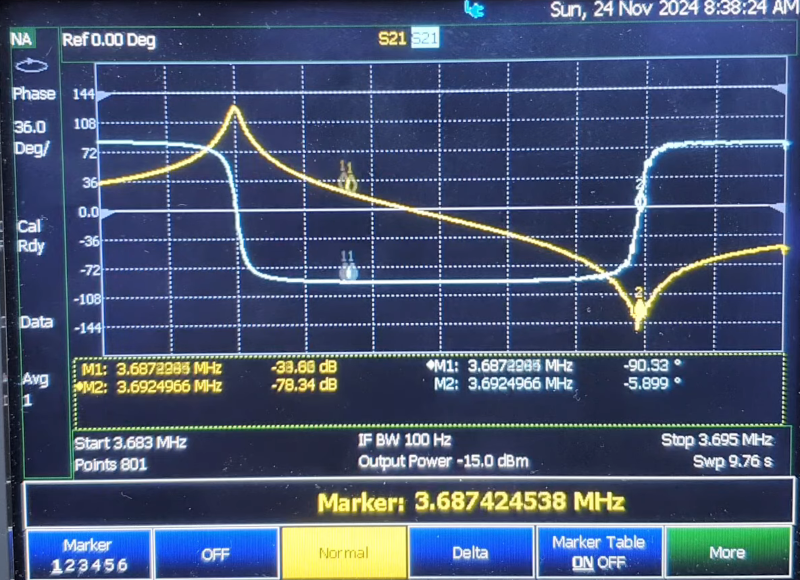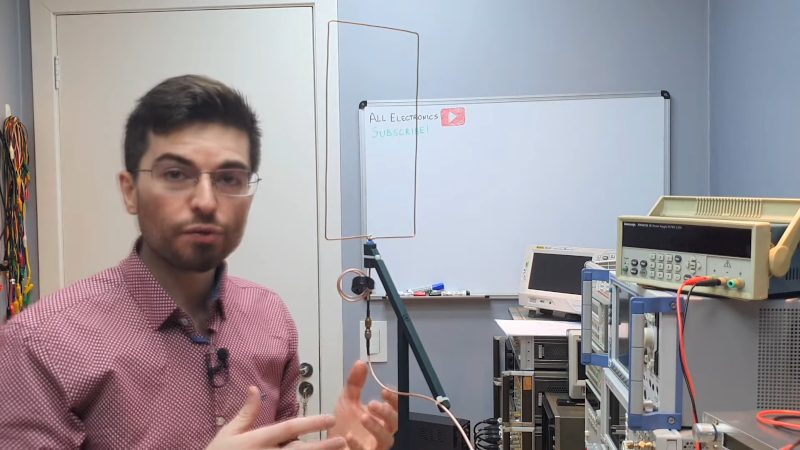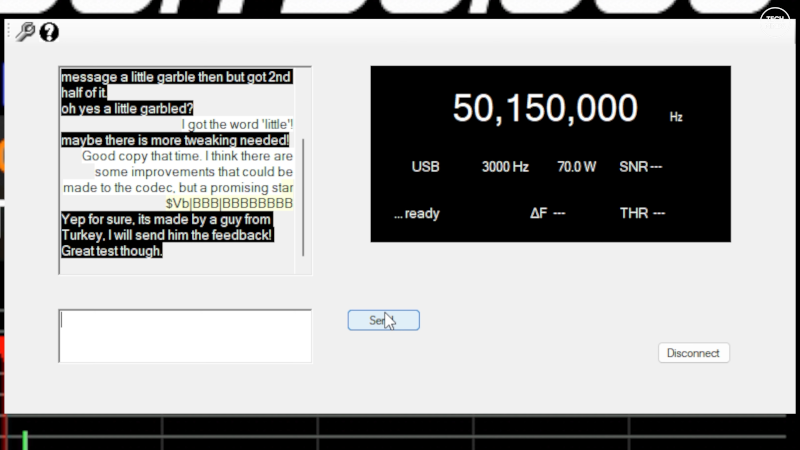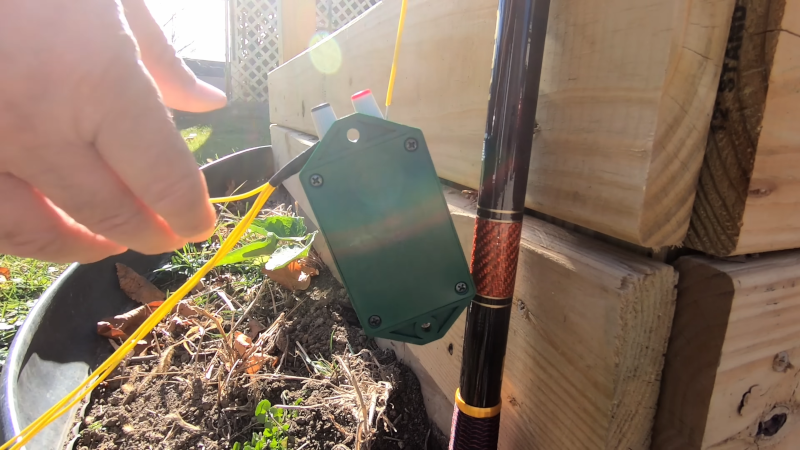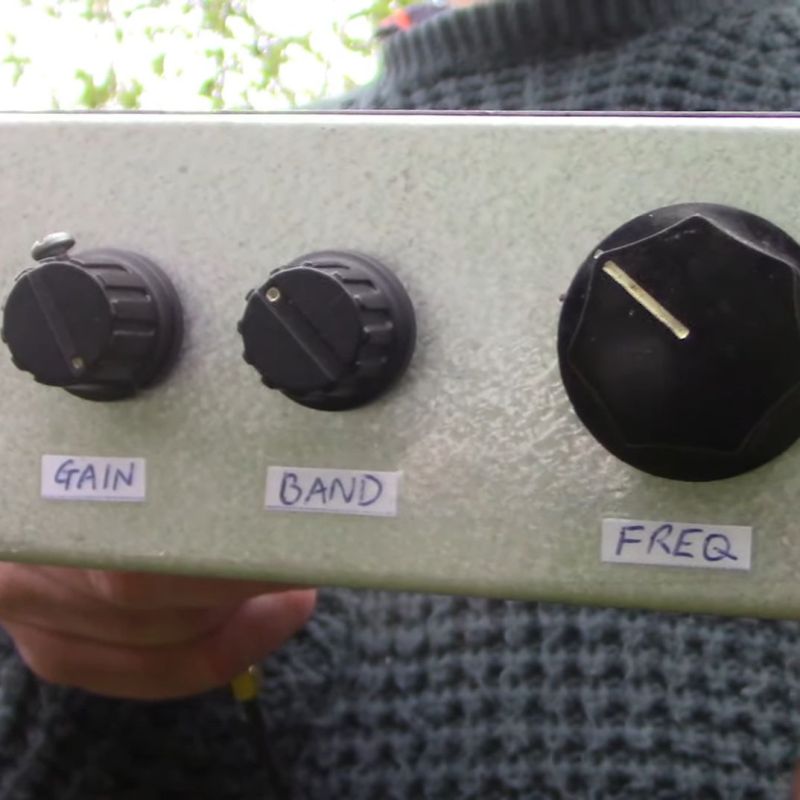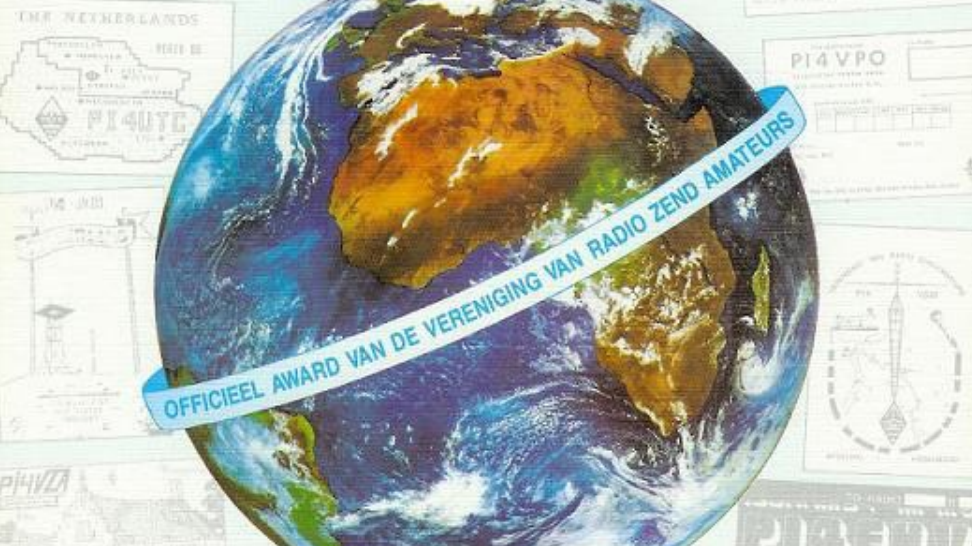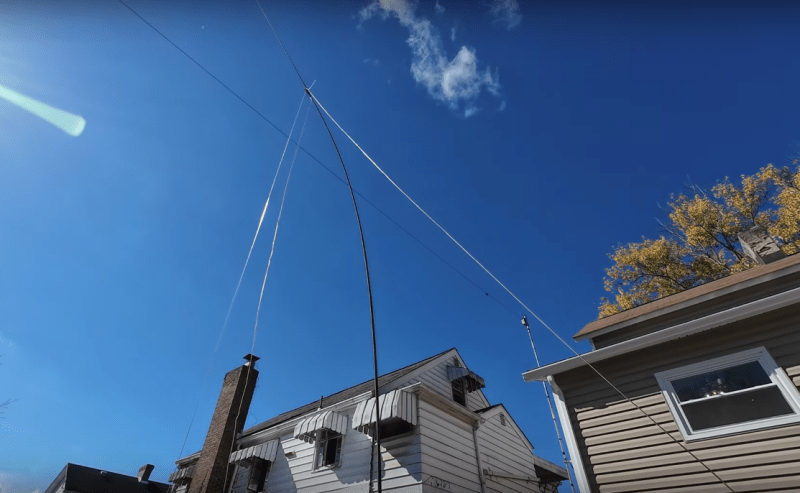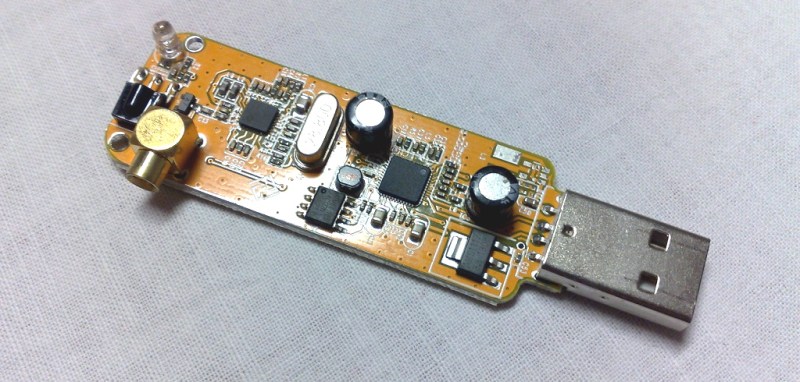
The web browser started life as a relatively simple hypertext reading application, but over the 30+ years since the first one displayed a simple CERN web page it has been extended to become the universal platform. It’s now powerful enough to run demanding applications, for example a full software-defined radio. [Jtarrio] proves this, with an application to use an RTL-SDR, in HTML5.
It’s a fork of a previous Google-Chrome-only FM receiver, using the HTML5 WebUSB API, and converted to TypeScript. You can try it out for yourself if you have a handy RTL dongle lying around, it provides an interface similar to the RTL apps you may be used to.
The Realtek digital TV chipset has been used as an SDR for well over a decade now, so we’re guessing most of you with an interest in radio will have one somewhere. The cheap ones are noisy and full of spurious peaks, but even so, they’re a bucket of fun. Now all that’s needed is the transmit equivalent using a cheap VGA adapter, and the whole radio equation could move into the browser.

